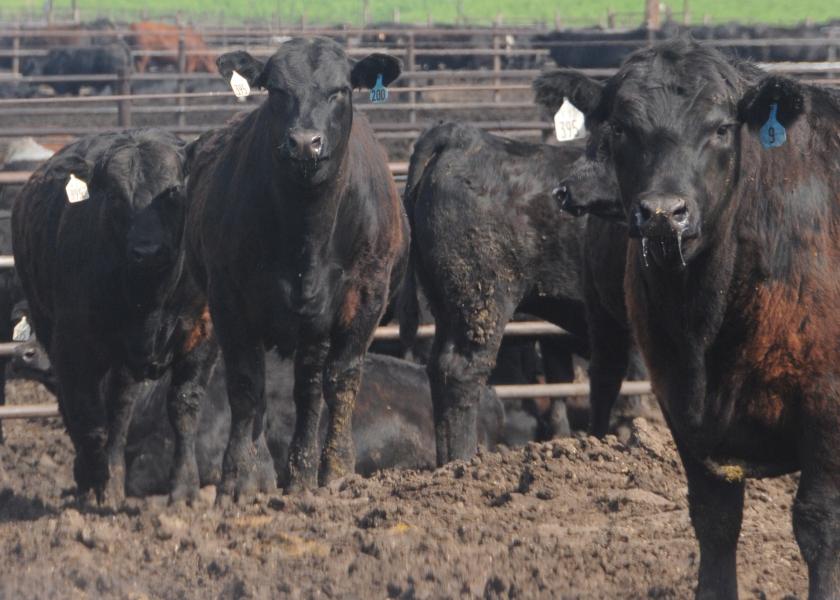Nalivka: Premiums – Connecting Cattlemen With Consumers

Whenever I get into a conversation about changes in the beef industry, I often think of a cattlemen’s convention I was attending several (okay it was 40) years ago. In a session of where the industry was headed, someone made the comment, “I raise cattle to produce steaks and roasts and that’s all I need to know.” Although it seemed a bit narrow-minded, that statement was somewhat visionary considering it did include reference to the final product.
The U.S. beef industry has evolved significantly over the past five years with a consumer-driven emphasis on value-added products. This emphasis has led to the reconfiguration of packing plants with production lines geared toward producing quality beef products with substantial consumer appeal. Furthermore, the entire process, from the time the cattle arrive to be unloaded at the plant until the finished product is loaded into a refrigerated trailer at the loading dock, is guided by a strict food safety and humane-handling regimen. This is no simple task, nor is it without added costs. Few ranches and feedlots are ever exposed to the same scrutiny. Yet, packers are paying substantial premiums for those cattle that fit the end-product demand.
Recent premiums for cattle grading Prime average $12.37 per cwt while Certified Angus Beef premiums average $3.78 per cwt. Perhaps the most notable premium for cattle meeting specific criteria demanded by consumers is for All Natural averaging $31.60 per cwt. That equates to $427 per head.
Following the 2011-2012 beef herd liquidation that drove the U.S. cattle inventory to a 60-year low and eliminated the worst performing cattle, the beef industry geared toward consistent quality through genetic improvement driven by market premiums. Simply put, packers listened to consumers through their customers and paid premiums to reach out to consumer demand. The strategy worked and coincided with U.S. and global consumers who have both the desire and the economic well-being in today’s strong economy to buy U.S. beef – win-win!
Recently, packers paid a 25% premium, on average, to the market for All Natural cattle. I think premiums strongly suggest that the best business strategy for cattlemen is to concentrate on producing the “right cattle for the right market” and capturing the best premiums.
Related stories:
Nalivka: How Packer Margins Impact Beef Demand







